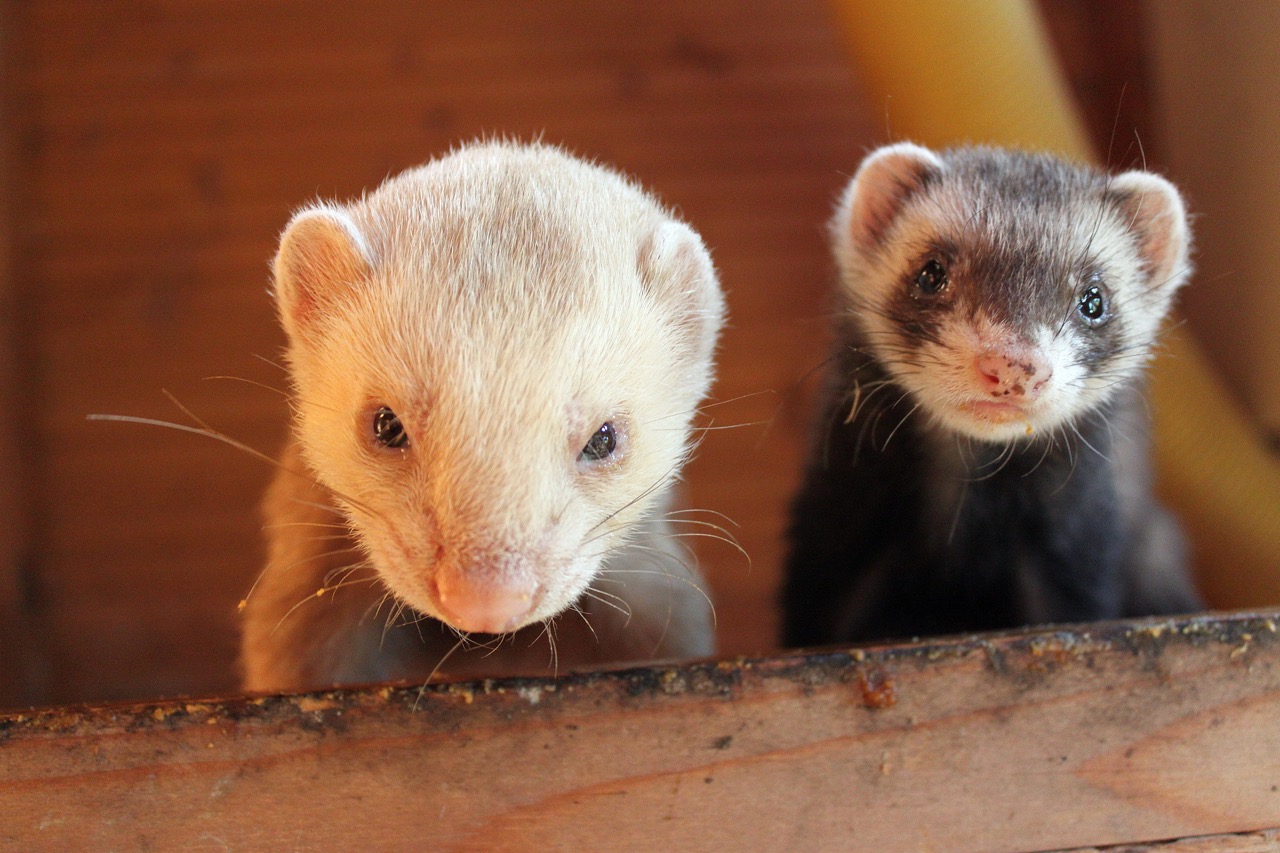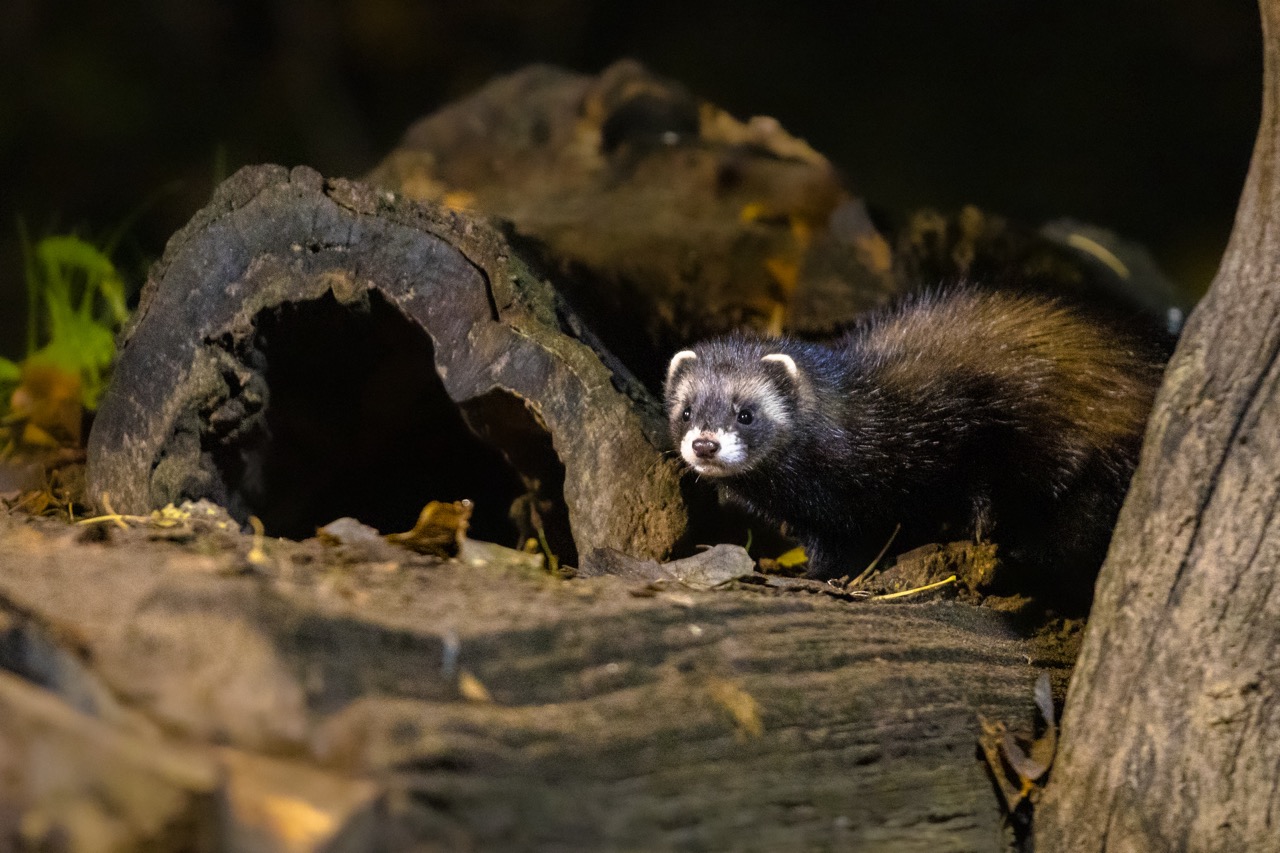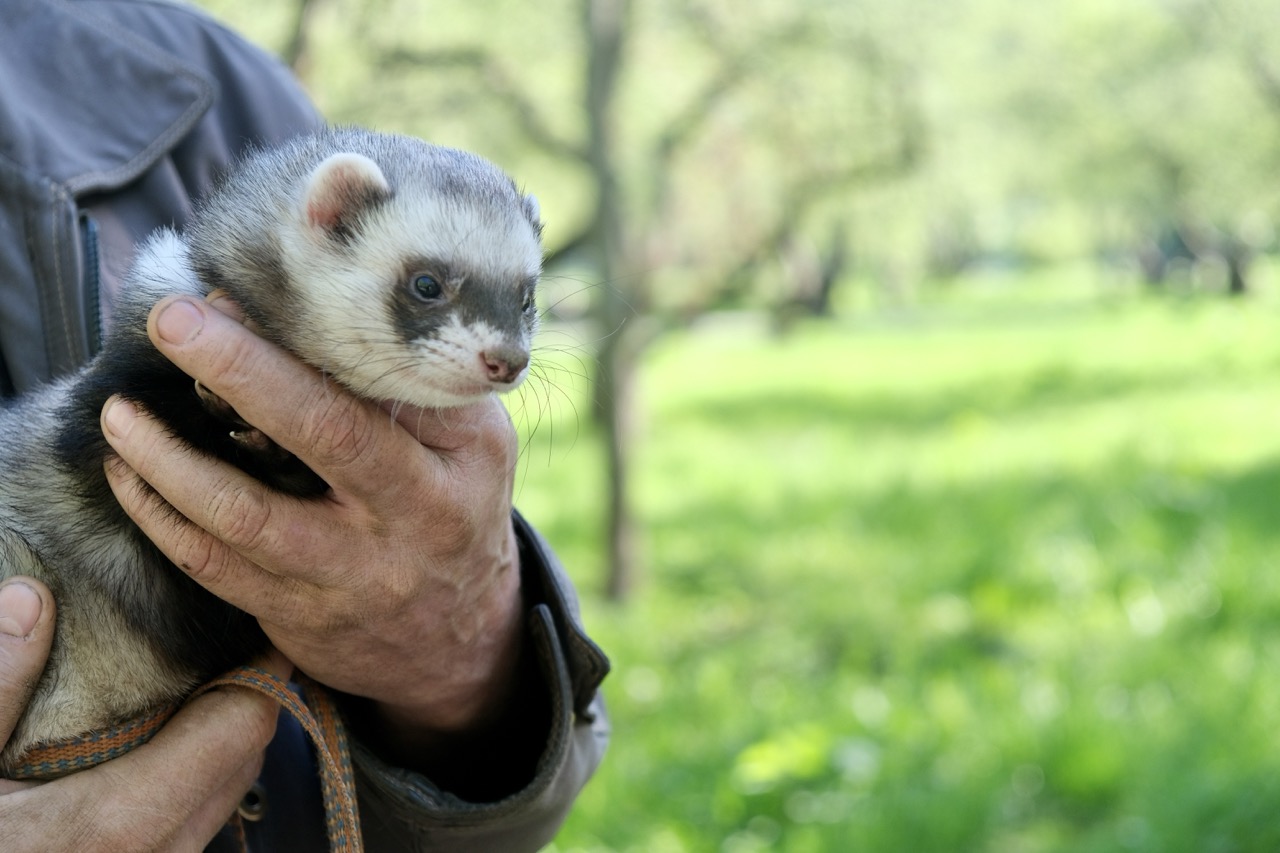Socialization is a critical aspect of pet ownership, particularly for animals like ferrets that thrive on interaction and companionship. Integrating a ferret into a home with other pets can be a rewarding yet challenging experience. Understanding the unique behaviors of ferrets and ensuring safe interactions with other animals is essential for fostering a harmonious multi-pet environment. This guide will provide insights into ferret behavior, preparation steps for your home, introduction techniques, and monitoring methods for safe interaction.
Understanding Ferret Behavior and Socialization Needs
Ferrets are social creatures by nature, known for their playful and curious demeanor. They benefit greatly from companionship, whether from humans or other animals. It is important to recognize their innate behaviors, such as their need for exploration and play. Socializing your ferret can help prevent behavioral issues, such as biting or excessive digging, which may arise from boredom or stress. Understanding these behaviors is key to developing a socialization plan that caters to your ferret’s needs.
Ferrets communicate through body language, vocalizations, and scent marking. They may exhibit signs of excitement or fear, such as chattering teeth or puffing up their fur. Familiarizing yourself with these signals can help you gauge your ferret’s comfort level around other pets. Additionally, ferrets possess a natural prey drive, which can be a concern when introducing them to smaller animals. Understanding this behavioral aspect is crucial in preparing for safe interactions with other pets.
Socialization should begin early in a ferret’s life, but older ferrets can still be acclimated to new companions with patience and the right approach. It’s essential to note that each ferret has its own personality, and while some may adapt quickly to new pets, others may take longer. The key is to provide positive experiences that build trust and reduce anxiety during interactions with other animals.
Preparing Your Home for Multi-Pet Interactions
Before introducing your ferret to other pets, it’s vital to prepare your living environment. Start by creating a safe, neutral space where all pets can interact without feeling threatened. This area should be free from hiding spots that could allow one pet to ambush another and should have enough space for each animal to retreat if they feel overwhelmed. Designating specific areas for each pet’s belongings—such as toys, food, and sleeping spots—can help establish boundaries and reduce territorial behaviors.
In addition to physical space, consider the atmosphere in your home. Minimize distractions that could provoke stress or aggression, such as loud noises or the presence of unfamiliar people. If possible, introduce calming elements like soft music or pheromone diffusers designed for pets. A calm environment will help facilitate smoother introductions and allow each pet to acclimate at their own pace.
Lastly, ensure that all pets are up-to-date on vaccinations and are in good health. A vet visit prior to introductions can rule out any potential health issues that may arise during interactions. Moreover, consider the personalities of all the animals involved; some pets may not be suitable companions for a ferret. Understanding their temperaments will allow for a more informed approach to socializing.
Gradual Introduction Techniques for Ferrets and Pets
Once your home is prepared, the next step is to introduce your ferret to other pets gradually and carefully. Start by allowing them to sniff each other’s bedding or toys, which can help them get used to each other’s scents without direct contact. This initial phase can help reduce anxiety and build familiarity. After a few days of scent swapping, you can progress to short, supervised meetings in a controlled environment.
During these initial interactions, keep the ferret in a secure and comfortable harness or carrier if possible, allowing the other pets to approach gradually. This added safety measure can prevent any potential aggressive behavior, especially from larger pets. Monitor their body language closely; signs of fear or aggression should be addressed immediately by separating the animals and trying again later.
As they become more accustomed to each other, gradually increase the duration and frequency of their interactions. Positive reinforcement—offering treats or praise—can encourage desirable behavior. Remember, the goal is to create a positive association between your ferret and other pets. Patience is key; some animals may require more time than others to adjust to new companions, and forcing interactions can lead to stress or aggression.
Monitoring and Assessing Interactions for Safety
Throughout the socialization process, constant monitoring of interactions is crucial for ensuring the safety and well-being of all pets involved. Keep a close eye on their behavior, looking for signs of stress, aggression, or discomfort. If any pet exhibits negative behavior, such as growling, hissing, or excessive hiding, it may be necessary to separate them and reassess the introduction process. Observing these behaviors will guide you on how to proceed with future interactions.
Consider using a leash or harness on your ferret during initial meetings with larger pets to maintain control and prevent any sudden, unexpected movements. Similarly, if you’re introducing your ferret to small pets, ensure that the ferret cannot easily access them during supervised meetings. Setting up barriers or using pet gates can provide an extra layer of security while still allowing for visual contact.
Lastly, be prepared to adjust your approach based on the reactions of all pets involved. If certain combinations of animals prove incompatible, it’s essential to accept that not all pets will get along. In such cases, creating separate but harmonious living spaces for each pet may be the best solution. Ensuring the safety and happiness of all your pets should always be the top priority in your socialization efforts.
Successfully socializing your ferret with other pets requires time, patience, and a keen understanding of both ferret behavior and the dynamics of your other animals. By preparing your home thoughtfully, introducing pets gradually, and monitoring interactions closely, you can help facilitate positive relationships among all your animals. Remember, the goal is to create a happy, safe environment where every pet can thrive together. With careful planning and consistent effort, your ferret can enjoy a fulfilling life surrounded by loving companions.










